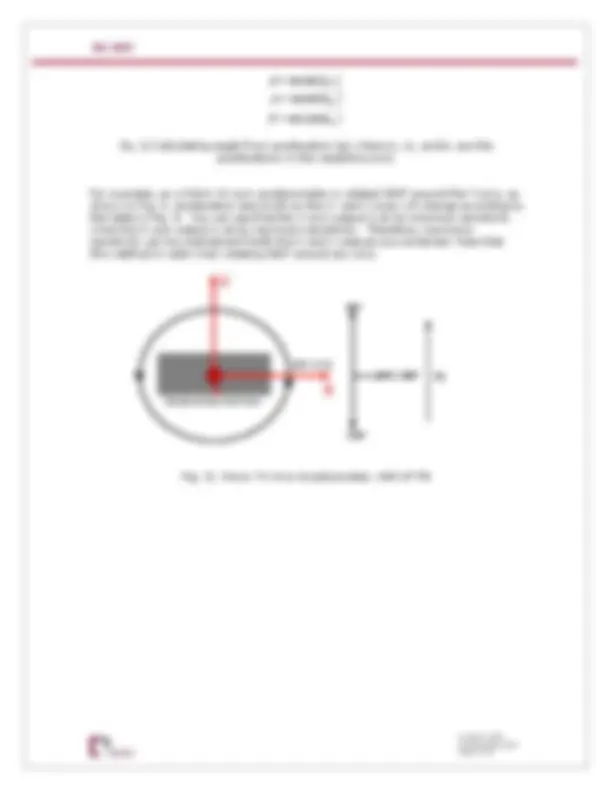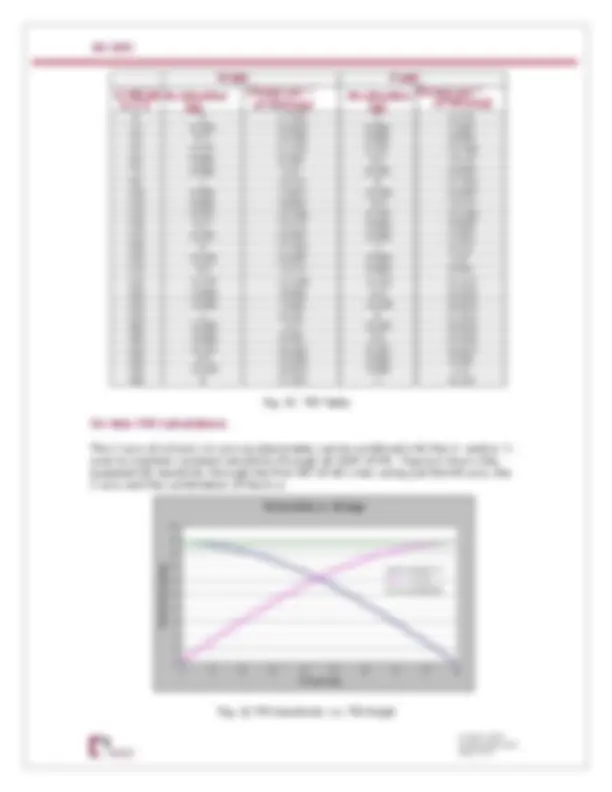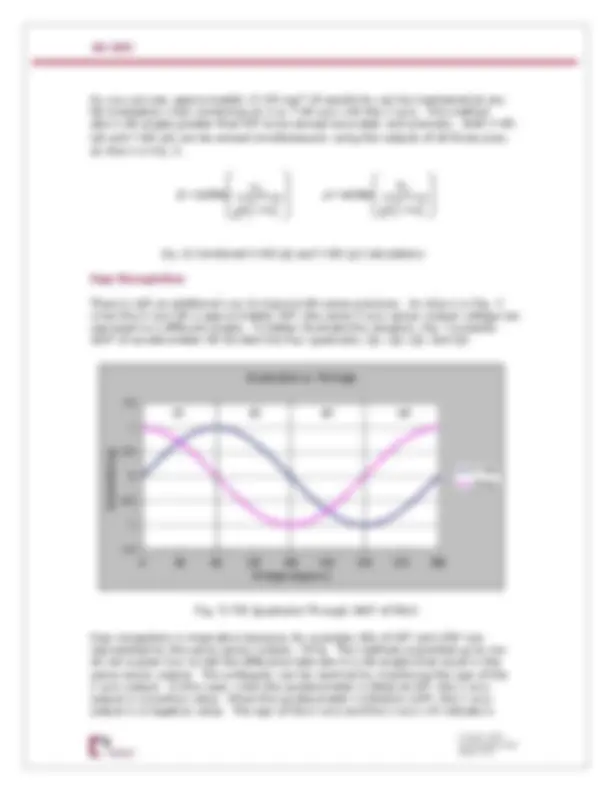





Estude fácil! Tem muito documento disponível na Docsity

Ganhe pontos ajudando outros esrudantes ou compre um plano Premium


Prepare-se para as provas
Estude fácil! Tem muito documento disponível na Docsity
Prepare-se para as provas com trabalhos de outros alunos como você, aqui na Docsity
Os melhores documentos à venda: Trabalhos de alunos formados
Prepare-se com as videoaulas e exercícios resolvidos criados a partir da grade da sua Universidade
Responda perguntas de provas passadas e avalie sua preparação.

Ganhe pontos para baixar
Ganhe pontos ajudando outros esrudantes ou compre um plano Premium
Comunidade
Peça ajuda à comunidade e tire suas dúvidas relacionadas ao estudo
Descubra as melhores universidades em seu país de acordo com os usuários da Docsity
Guias grátis
Baixe gratuitamente nossos guias de estudo, métodos para diminuir a ansiedade, dicas de TCC preparadas pelos professores da Docsity
This application note from kionix explains how to use their mems low-g accelerometers for tilt sensing. It covers the advantages of using dual-axis and tri-axis accelerometers, tilt calculations, and sign recognition to improve tilt sense precision. Industries such as automotive, consumer electronics, and military/aerospace can benefit from tilt-sensing applications like vehicle stability systems, inclinometers, and motion-enabled game play.
Tipologia: Notas de estudo
1 / 7

Esta página não é visível na pré-visualização
Não perca as partes importantes!




36 Thornwood Dr. - Ithaca, NY 14850 tel: 607-257-1080 — fax: 607-257- www.kionix.com — info@kionix.com
© Kionix 2005 30 November 2007 Page 1 of 1
Introduction
Tilt/Inclination sensing is a common application for low-g accelerometers. This application note describes how to use Kionix MEMS low-g accelerometers to enable tilt sensing. Applicable theory, plots and equations are provided with this note as guidelines.
Tilt Sensing Applications
Accelerometers have countless potential tilt-sense applications in today’s motion- enabled world. Tilt-sensing opportunities exist in a variety of industries, such as automotive, consumer electronics and military/aerospace, and include:
Vehicle stability systems Inclinometers Cell phone/PDA screen navigation Motion-enabled game play Tilt-enabled computer mouse/pointer Tilt-compensated electronic compass
Some of these applications currently utilize dual-axis accelerometers that, at times, are adequate for the job. A tri-axis accelerometer, however, can enable additional functionality, accuracy and precision.
Dual-Axis Tilt Sensing
Presently, low-g dual-axis (X, Y) accelerometers are often used in tilt-sensing applications where the force of gravity is used as an input to determine the orientation of an object. The sensor is most responsive to changes in tilt when the sensitive axis is perpendicular to the force of gravity, yielding a sensitivity of approximately 17.45mg/° of tilt. The sensor is least responsive to changes in tilt when the sensitive axis is oriented in its +1g or –1g position, yielding an approximate sensitivity of only 0.15mg/° of tilt.
When horizontally mounted, as shown in Fig. 1, a dual-axis accelerometer’s diminishing sensitivity through increased tilt prevents accurate tilt sensing when the accelerometer is tilted beyond 45° along either axis. Also, the absence of a Z-axis sensor means the accelerometer cannot detect an inversion, causing improper functioning.
Fig. 1) Horizontally Mounted Dual-Axis Accelerometer. The g vector indicated is the apparent acceleration measured by a Z-axis sensor due to the static gravitational force.
X
Y
Earth’s Surface
These problems can be addressed by mounting the accelerometer vertically, as shown in Fig. 2, creating an X, Z sensor. Unfortunately, an additional accelerometer will be required to sense both X-tilt and Y-tilt, increasing the bill of materials and potentially doubling cost.
Fig. 2) Vertically Mounted Dual-Axis Accelerometer
The integration of a Kionix tri-axis (X, Y, Z) accelerometer into this application provides the all-important Z-axis that functions with the tilted axes to maintain constant sensitivity and sense the inversion of the accelerometer, thus permitting a full, unrestricted range of tilt.
Tri-Axis Tilt Sensing
Kionix technology provides for X, Y and Z-axis sensing on a single, silicon chip. When using a Kionix tri-axis accelerometer, the Z-axis can be combined with both of the tilting axes to improve tilt sense precision and accuracy. For this note, we will follow the tilt assignments described below in Fig. 3.
Fig. 3) X-tilt and Y-tilt Assignments Relative to Ground
Basic tilt angles can be generated from the accelerometer outputs using Eq. 1 since the X- and Y-axes follow the sine function and the Z-axis follows the cosine function. It should be noted that these angles are not the pitch and roll angles typically used in aeronautics, nor are they the direction cosine angles for describing which direction
a vector is pointing. The angles φ and ρ are the angles that the X and Y accelerometer axes make with the fixed reference XY plane.
© Kionix 2007 30 November 2007
X
Z Y
φ X
Z Y θ^ ρ
θ
Z Y
Earth’s Surface
1g
No X-tilt or Y-tilt; level with the ground.
X-tilt ( φ) is the angle of the x axis relative to the ground. θ is the angle of the z axis relative to gravity.
Y-tilt ( ρ) is the angle of the Y axis relative to the ground. θ is the angle of the z axis relative to gravity.
X
Z
Earth’s Surface
Fig. 5) Tilt Table
Tri-Axis Tilt Calculations
The Z-axis of a Kionix tri-axis accelerometer can be combined with the X- and/or Y- axes to maintain constant sensitivity through all 360° of tilt. Figure 6 shows the expected tilt sensitivity through the first 90° of tilt when using just the tilt axis, the Z-axis and the combination of the two.
Fig. 6) Tilt Sensitivity vs. Tilt Angle
© Kionix 2007 30 November 2007
Tilt Sensitivity vs. Tilt Angle
0
2
4
6
8
10
12
14
16
18
20
0 10 20 30 40 50 60 70 80 90 Tilt Angle (deg)
Tilt Sensitivity (mg/deg)
1: ArcSin(X) 2: ArcCos(Z) 3: ArcTan(X/Z)
X-axis Z-axis Acceleration (g)
Change per ° of Tilt (mg)
Acceleration (g)
Change per ° of Tilt (mg) 0 0 17.452 1 - 0. 15 0.259 16.818 0.966 - 4. 30 0.5 15.038 0.866 - 8. 45 0.707 12.233 0.707 - 12. 60 0.866 8.594 0.5 - 15. 75 0.966 4.37 0.259 - 16. 90 1 -0.152 0 - 17. 105 0.966 -4.664 -0.259 - 16. 120 0.866 -8.858 -0.5 - 15. 135 0.707 -12.448 -0.707 - 12. 150 0.5 -15.19 -0.866 - 8. 165 0.259 -16.897 -0.966 - 4. 180 0 -17.452 -1 0. 195 - 0.259 -16.897 -0.966 4. 210 - 0.5 -15.19 -0.866 8. 225 - 0.707 -12.448 -0.707 12. 240 - 0.866 -8.858 -0.5 15. 255 - 0.966 -4.664 -0.259 16. 270 - 1 0.152 0 17. 285 - 0.966 4.37 0.259 16. 300 - 0.866 8.594 0.5 15. 315 - 0.707 12.233 0.707 12. 330 - 0.5 15.038 0.866 8. 345 - 0.259 16.818 0.966 4. 360 0 17.452 1 - 0.
X-tilt ( φ ) in (°)
As you can see, approximately 17.45 mg/° of sensitivity can be maintained at any tilt orientation when combining an X or Y tilt axis with the Z-axis. This method allows tilt angles greater that 45° to be sensed accurately and precisely. Both X-tilt
( φ) and Y-tilt ( ρ) can be sensed simultaneously using the outputs of all three axes, as shown in Eq. 2.
y z
x
φ
x z
y
ρ
Sign Recognition
There is still an additional way to improve tilt sense precision. As shown in Fig. 7, when the X-axis tilt is approximately 90°, the same X-axis sensor output voltage can represent two different angles. To better illustrate this situation, Fig. 7 presents 360° of accelerometer tilt divided into four quadrants, Q1, Q2, Q3, and Q4.
Fig. 7) Tilt Quadrants Through 360° of Pitch
Sign recognition is imperative because, for example, tilts of 45° and 135° are represented by the same sensor output, .707g. The methods presented up to now do not explain how to tell the difference between two tilt angles that result in the same sensor output. This ambiguity can be resolved by monitoring the sign of the Z-axis output. In this case, when the accelerometer is tilted at 45°, the Z-axis output is a positive value. When the accelerometer is tilted to 135°, the Z-axis output is a negative value. The sign of the X-axis and the Z-axis will indicate in
© Kionix 2007 30 November 2007
Acceleration vs. Tilt Angle
-1.
-0.
0
1
0 45 90 135 180 225 270 315 360 Tilt Angle (degrees)
Acceleration (g)
X-Axis Z-Axis
Q1 Q2 Q3 Q
© Kionix 2007 30 November 2007
Theory of Operation
Kionix MEMS linear tri-axis accelerometers function on the principle of differential capacitance. Acceleration causes displacement of a silicon structure resulting in a change in capacitance. A signal-conditioning CMOS technology ASIC detects and transforms changes in capacitance into an analog output voltage, which is proportional to acceleration. These outputs can then be sent to a micro-controller for integration into various applications. For product summaries, specifications, and schematics, please refer to the Kionix MEMS accelerometer product sheets at http://www.kionix.com/sensors/accelerometer-products.html.